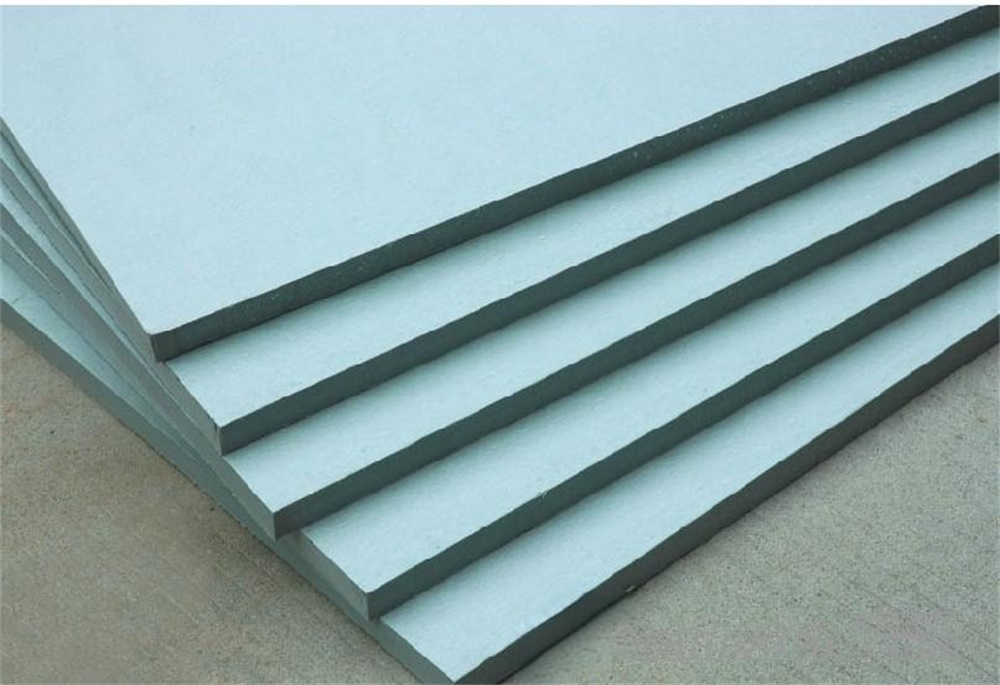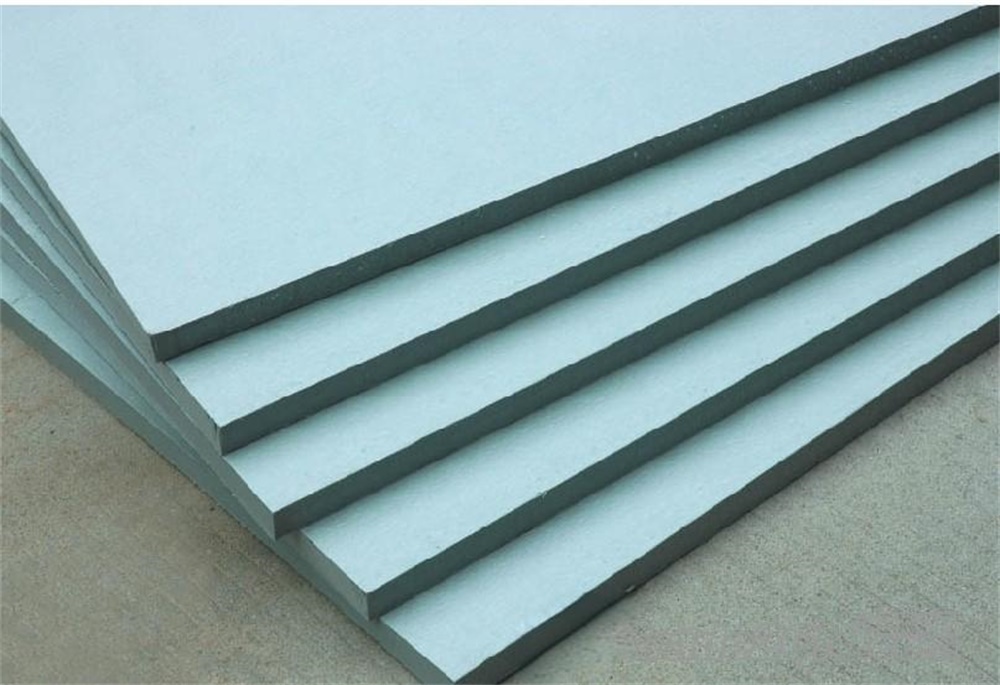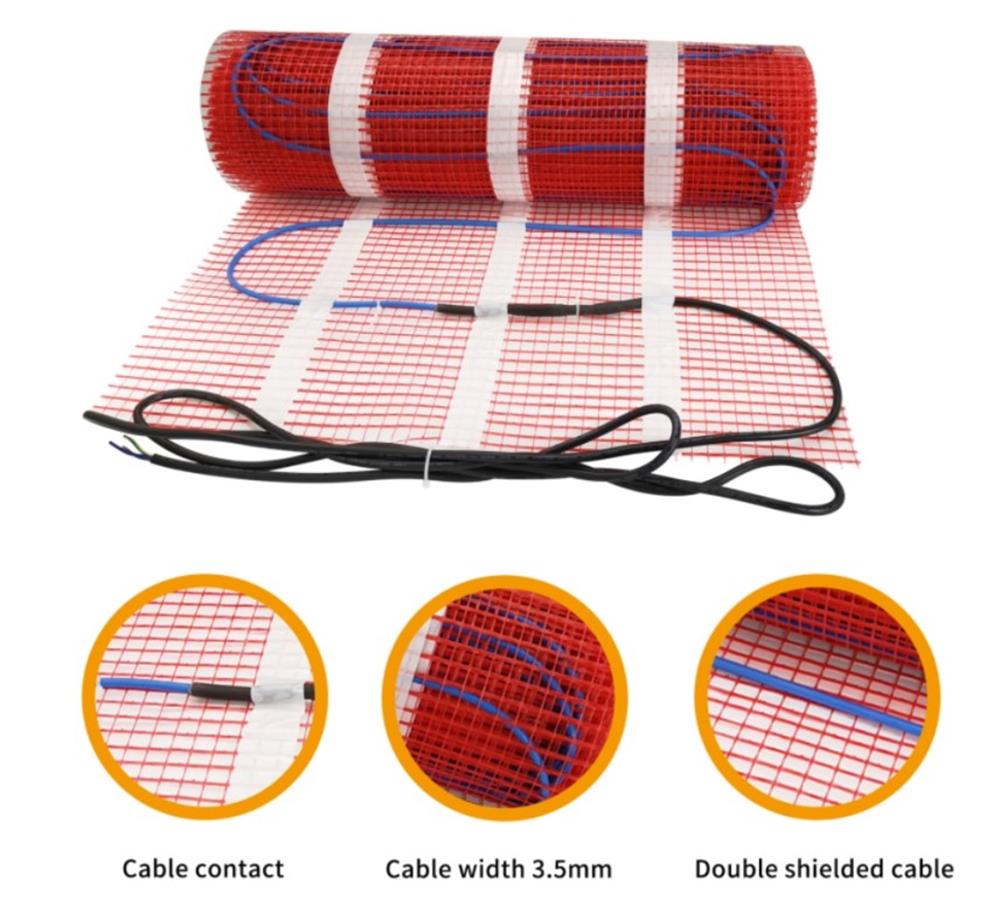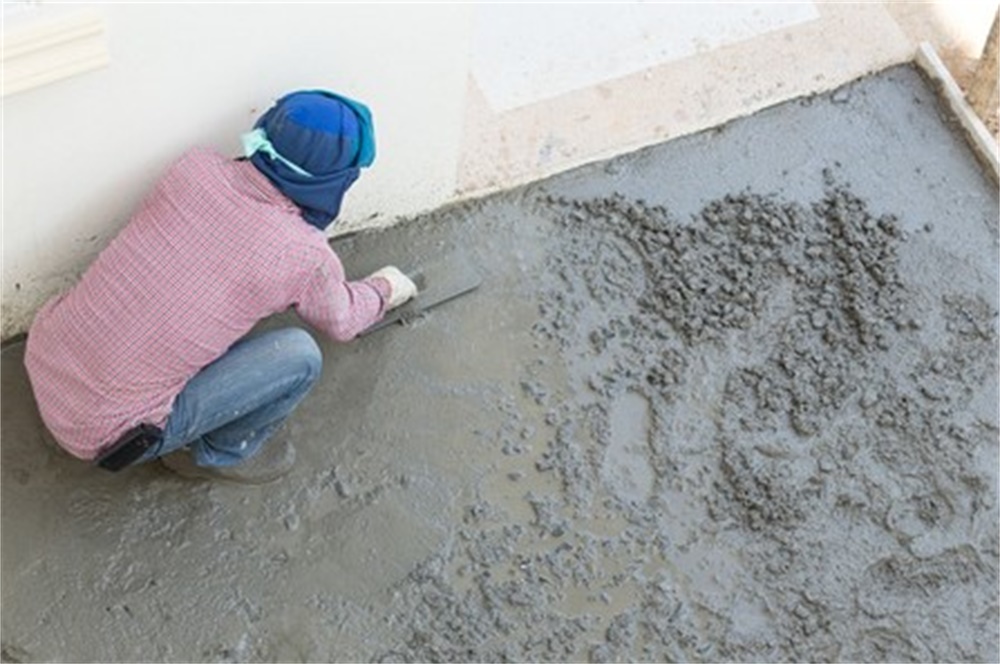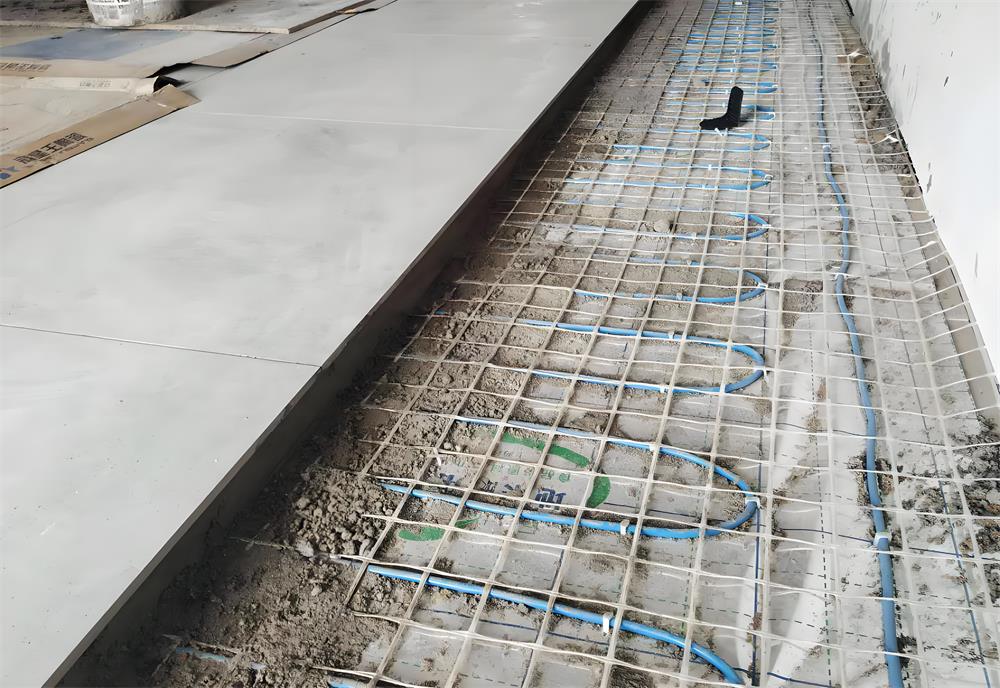Are Terminal Blocks Safe?
Are Terminal Blocks Safe? Here's what you need to know.
Terminal blocks are a widely used electrical component in various industries, including manufacturing, automation, and electrical installation. They play a critical role in connecting electrical conductors, ensuring secure and reliable connections between wires, and protecting circuits from faults. But with their widespread use, it’s important to ask: Are terminal blocks safe?
In this blog, we will explore the safety considerations surrounding terminal blocks, including their design, installation, and maintenance to ensure you use them safely and effectively in your electrical systems.
Safety Features of Terminal Blocks
Insulation: Terminal strips are often made from materials that provide electrical insulation, such as high-grade plastics. This helps prevent accidental short circuits and electrical shock by keeping the live parts of the connection away from any external contacts.
Current Rating: Terminal blocks are designed to handle a specific current rating, which corresponds to the maximum amount of current that can safely pass through the connection. Overloading a terminal block can lead to overheating, electrical arcing, and fire hazards. It’s important to always choose a terminal block that matches the requirements of your application.
Built-in Locking Mechanism: Many terminal blocks come with a built-in screw or clamp mechanism that holds the wire securely in place. This reduces the risk of loose connections, which can lead to sparking or arcing, a major cause of electrical fires.
Short-Circuit Protection: Some advanced terminal blocks include built-in protection mechanisms, such as fuses or circuit breakers, to cut off the electrical flow in case of an overload or short circuit. This feature adds an additional layer of safety in preventing electrical hazards.
Temperature Resistance: Terminal blocks are designed to operate within a certain temperature range. When used properly, they can handle the heat generated by electrical current without degrading or melting. Using a terminal block that is not rated for the required temperature can lead to failure, which poses significant safety risks.








